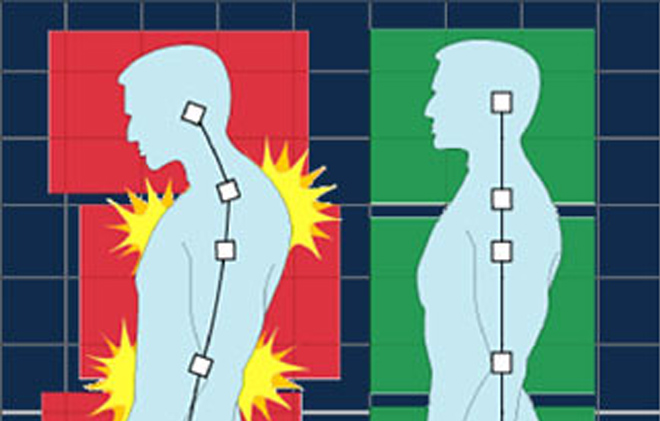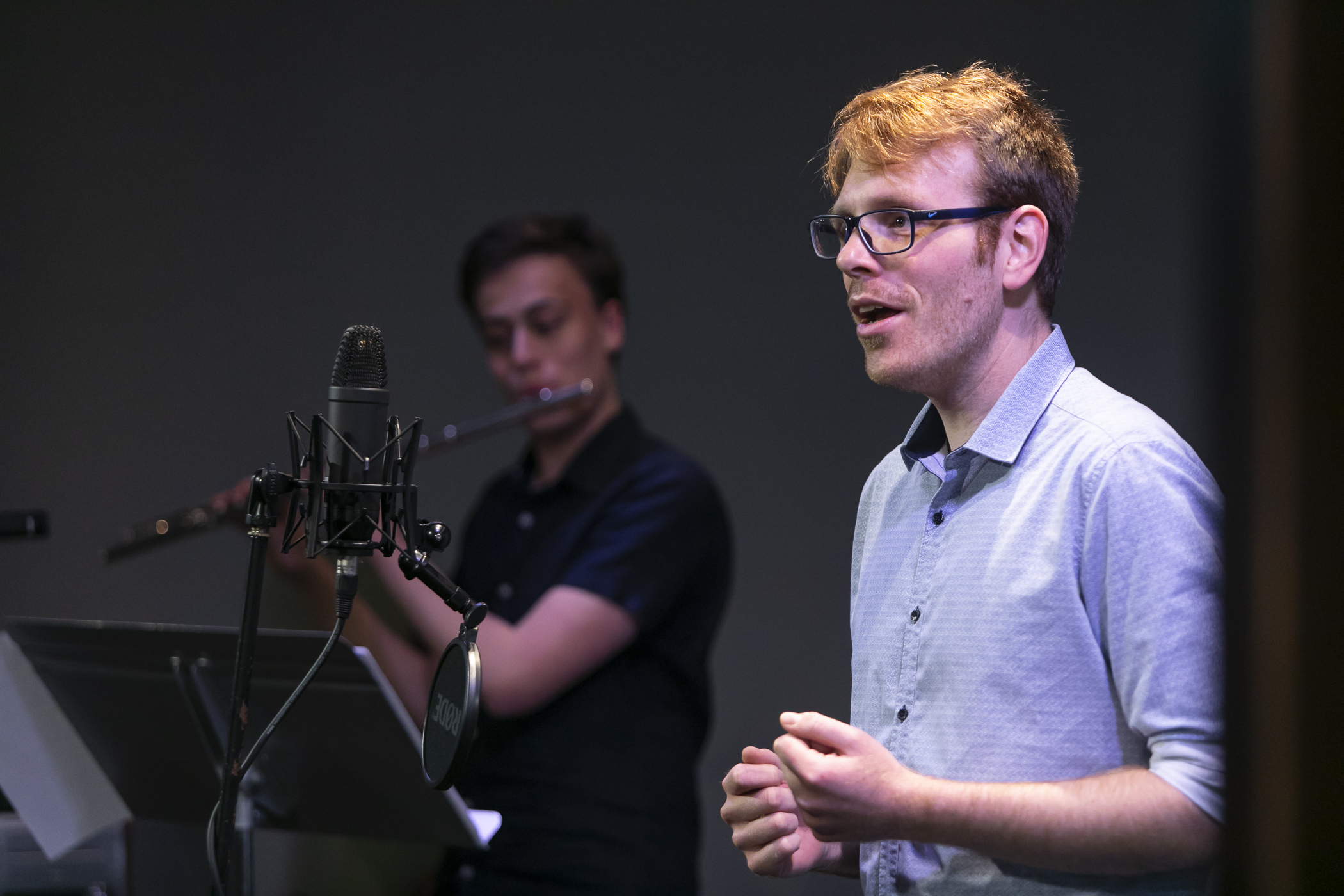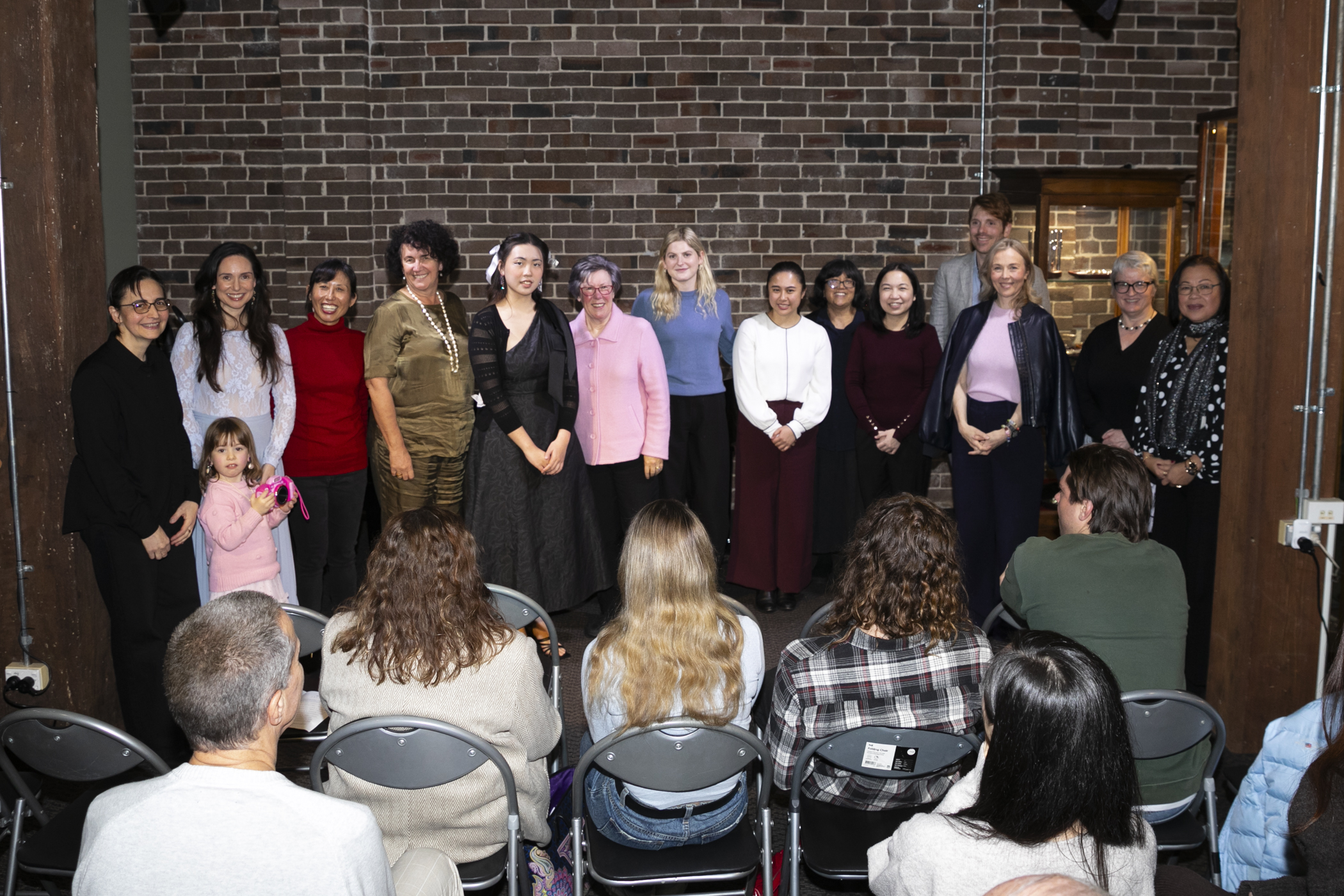Do You Need To Lose These Bad Singing Posture Habits?
What’s your position on effortless, resonant singing?
If you said, “With an upright posture”, then … take a bow!
It’s the one thing I nag my students about because good posture is crucial to singing well: correct body alignment supports your breath capacity, which supports your voice production.
Why does good posture for singing matter? 
Physically, you need a stable posture – from head to toe – to sing well. Without it, your larynx, lungs and vocal tract don’t function optimally.
Performance-wise, your posture sends a message about you, your confidence when singing, and how your audience will feel while watching you. By maintaining poise and posture, you project confidence.
How bad posture affects your singing voice
Let’s start at the top: the larynx, where we create sound, is suspended in the neck. If there is tension or displacement there your vocal folds, which sit inside the larynx, will not function well.
If you have a habit of moving your jaw forward and your chin up as you sing, or take in breath, this narrows your vocal tract (from larynx to lips), causing your voice muscles to needlessly work harder. The position of your head and neck also changes the shape and space in the vocal tract. Narrowing this space means you lose fullness in your vocal quality. Correct alignment opens the space for better resonance.
TRY THIS: Sing a vowel, such as Oh in ‘HOT’. As you sustain the note, move your head and neck around and notice the difference in your tonal quality. Then resume correct alignment and sing.
Slumping is a common habit we need to self-correct. It causes our bodies to become constricted, and creates high or excessive breathing, which can cause rigidity in singing and dampened resonance.
 For most of us, our centre of gravity is found in the upper part of our bodies, but singers need to find energy and postural balance in the lower torso – the abdominals and hips. For advanced singing, your abdominal muscles need to work hard, to achieve core stability and postural alignment for ideal breath management.
For most of us, our centre of gravity is found in the upper part of our bodies, but singers need to find energy and postural balance in the lower torso – the abdominals and hips. For advanced singing, your abdominal muscles need to work hard, to achieve core stability and postural alignment for ideal breath management.
One of my students, Jake Severino, has put these techniques into practice and realised just how much postural changes can improve singing. Together, we corrected his habitual poor posture, realigning his body from the top of his head down to the spacing of his feet. Jake also learned to relax his jaw, and throat and keep his tongue loose. This postural fine-tuning creates more space and allows better breath support for a stronger voice. The process can take many months, and it’s an ongoing process for Jake as his brain and body adjust to the new ways he needs to stand. But he says it’s become a more automatic response, and he’s noticing improvements in his breath support and voice quality.
You can practise some of these techniques to improve your own posture.
How to achieve correct posture for singing:
- Stretch from toes to head before singing to release tension.
- Stand with your legs hip-width apart, to spread the weight evenly over both feet. Stretch out your ankles, slightly bend your knees, and release tension in the thighs. Place your weight more towards the front of your feet for even better balance.
- Lengthen through the spine. Imagine a helium balloon attached to the crown of your head and feel it lengthening you. Allow your jaw to relax and your tongue to be floppy, as you invite air into your mouth and throat space. This takes time, concentration and patience but is worth working on.
- Loosen your hands, shoulders, arms and neck to release tension.
- Trust your conscious awareness to reset your posture.
- Your body holds emotional tension, so try to change or reduce stressful situations.
Good posture is not set-and-forget, because our brain and nerves are always adjusting how we hold ourselves and move through space to stay balanced and aligned with Earth’s gravity.
But when you achieve it, you’ll feel lighter, more spacious and flexible, allowing you to move, breathe – and sing – with ease.
I can assess your posture and help you create a more aligned body for better singing. Find out how.




